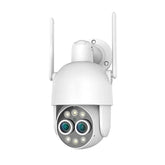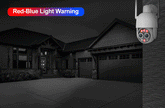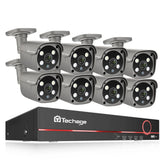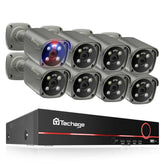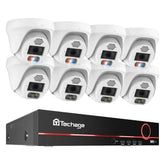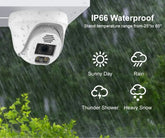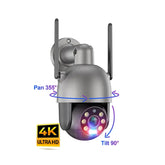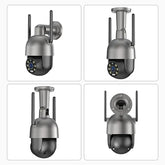How to Install a Hard Drive in a NVR or DVR?
Whether you are upgrading your computer's storage capacity or replacing a faulty hard drive, knowing how to properly install and uninstall a hard drive is essential. In this section, we will guide you through the steps to install and uninstall a hard drive.
You can refer to these steps to learn how to install a hard drive in a DVR or NVR?
- Begin by gathering essential tools: a Phillips head screwdriver, four screws, and two hard drive cables that accompany your NVR/DVR (Note: one cable might be inside the case).
- Remove the NVR/DVR case by unscrewing the screws located on its side or back.
- Securely fasten the hard drive to the NVR/DVR's case or hard drive tray using the provided screws.
- Reattach the NVR/DVR case.
- Our NVR/DVRs are designed to automatically configure the hard drive. However, for some other brands, you may need to format the hard drive manually. If required, look for this function in a menu labeled "storage" or "hard drives."
Installing and uninstalling a hard drive may seem daunting at first, but by following the proper steps and taking necessary precautions, you can successfully upgrade or replace your computer's storage device. When installing a new hard drive, ensure compatibility, connect the necessary cables, secure the drive in the appropriate bay, and initialize and format it as needed. When uninstalling a hard drive, disconnect the cables, remove any securing screws or brackets, and gently slide the drive out of the bay. Remember to handle the hard drive and cables with care to avoid any damage. By understanding the process and following these guidelines, you can confidently manage your computer's storage and enhance its performance.
Please note: It's important to consult your computer's documentation or manufacturer's website for specific instructions related to your particular system. The steps outlined here provide general guidance, but individual computers may have slight variations in the installation and uninstallation process. Always exercise caution and seek professional assistance if needed.


